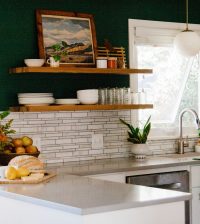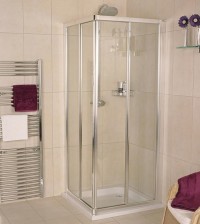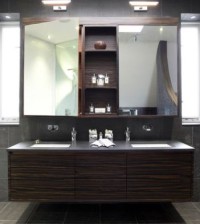Corner Bathtubs: Everything You Need to Know
Are you looking for a new tub that perfectly fits your bathroom? There are many reasons why you should consider getting a corner bathtub. For one, it doesn’t take up as much space as a freestanding tub which makes it a great choice if your bathroom is quite small but you still want to enjoy the luxury of soaking in a bath. It’s also the ideal solution for an awkward bathroom layout as it can simply sink back into the corner.
But this type of tub is perfectly fine in more spacious bathrooms as well, especially if you want to create a setting that feels airy and open. And despite being compact and space-savvy, this type of bathtub is quite spacious inside so you won’t be bathing in any discomfort, that’s for sure. Oh, and we’ve already witnessed the romantic effect of corner bathtubs in numerous movie scenes. So, if you’re going to invest in a bathtub, you can’t go wrong with a versatile and stylish corner bathtub.
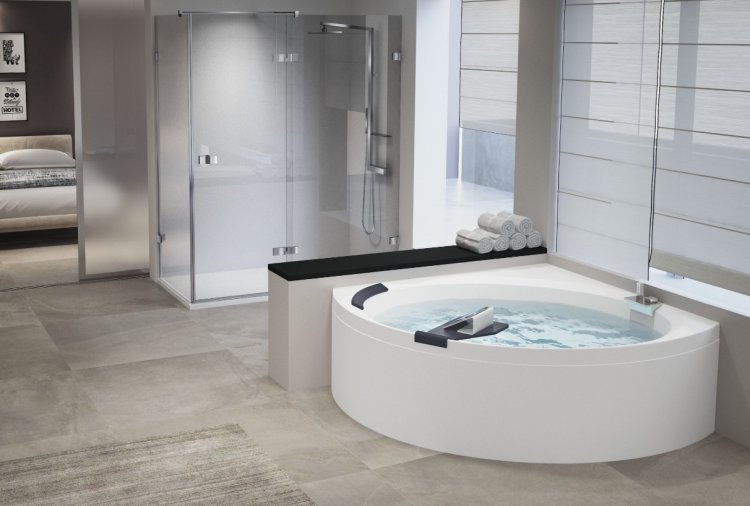
Contents
Are Corner Baths Comfortable?
Corner bathtubs can be quite large, with some models as big as a hot tub. This means that you’ll have enough space to enjoy a good soak. In addition, corner baths feature a useful seating area. This can be helpful when shaving or when you simply want to soak your feet without getting the rest of your body wet. Plus the seating area can also be used to store shampoo and shower gel bottles or for placing candles that bring a spa-like feel to the bathroom.
What Shape Suits Your Bathroom?
Corner bathtubs come in many shapes from rectangular ones to square, triangular and curvy. The ideal shape usually depends on the shape of the bathroom. Rectangular bathtubs don’t look good in square bathrooms. The tub will fill one half of the bathroom and leave you claustrophobic. In this case, a triangular model works best. On the other hand, long and narrow bathrooms benefit from square and rectangular models which can help balance out the room’s shape.
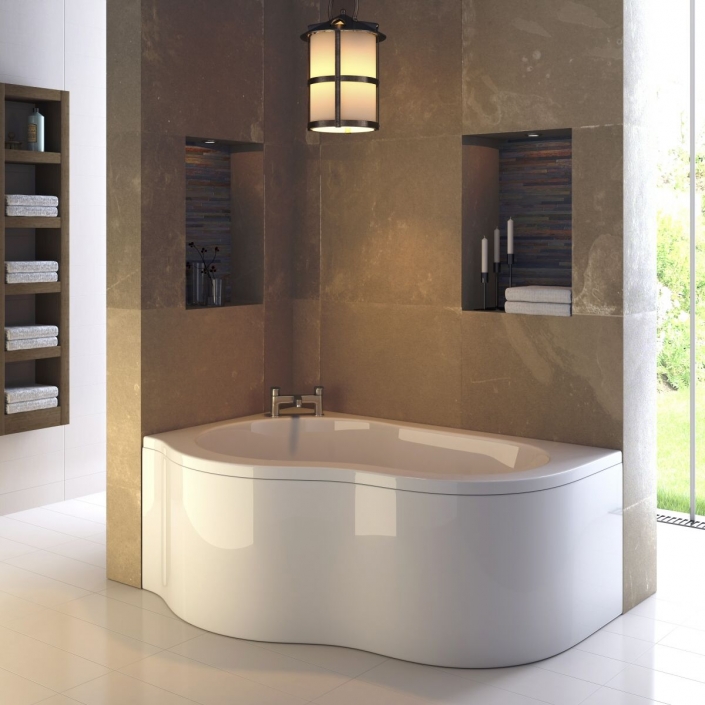
What Material Is Best for a Corner Bathtub?
Like any regular tub, corner tubs can be made from acrylic, marble or metal. However, opposed to freestanding tubs which can look great in materials that clash with the rest of the bathroom, corner baths should match their backdrop (especially if your bathroom is tiny). When the bathtub matches the tiles, walls or the sink, it creates an illusion that the space is bigger than it actually is. So, if your bathroom has marble tiles, picking a marble bathtub in the same shade can create a beautiful effect where the two features blend into each other. Corner tubs are also often installed with a tub surround. If you’re going for this type of installation, pick a surround made of a material that coordinates with the bathroom.
How to Install a Corner Tub
It’s recommended to install your tub in a corner nearest to the sink for better access to water and drainage pipes. By far the most common type of corner tub configuration is the drop-in style. Drop-in tubs are surrounded by tile or another wall material from two or more sides. Alcove configurations are also popular for corner baths, especially if one of the walls is small enough for the tub to fill it up entirely. An alcove corner tub is completely enclosed on all sides except one which makes the tub blend into the room completely.
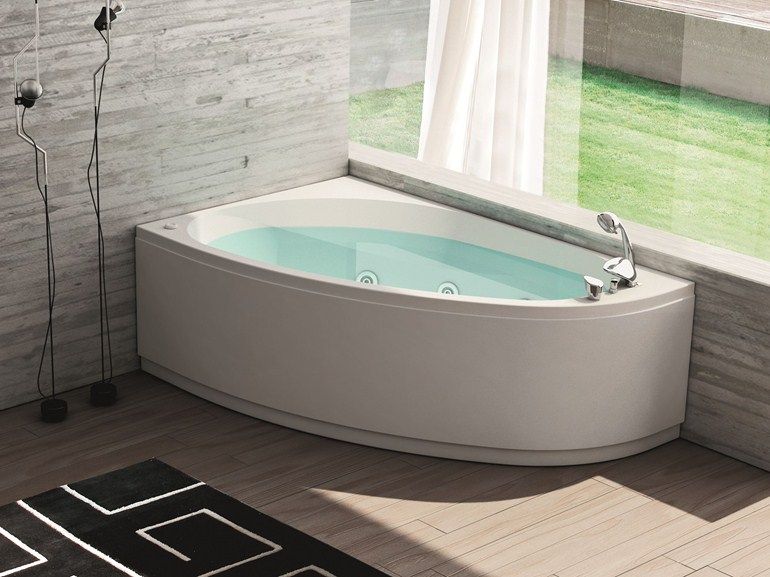
Is Drainage Location Important?
With a corner tub, you need to be very careful with where its drain is located. If you buy a tub with a wrong-facing drain, you may have no access to the plumbing. So, before you go shopping for a corner bathtub, check whether the floor drain is centralised or on the left or right side. Then, make sure to purchase a tub with the right drain position.
How to Enclose a Corner Tub
If you want to install a shower in the bathtub, enclosing the tub can be practical. As opposed to a freestanding tub, a corner tub is easy to enclose with a glass screen. A glass shower enclosure can help keep the cold air out, thus creating a warm and steamy spa-like experience. In addition, the screen will also prevent water from getting onto the floor or other bathroom features which can help reduce the risk of mould.
If you’re considering installing a glass shower enclosure, you can choose between two types: bypass or pivot enclosures. Bypass screens slide away to allow easy entrance into the shower or tub. On the other hand, pivot screens are open and close like a regular door. I’m sure that it’s already clear which option is more suitable for your bathroom. As long as you have the space, you can be free to install a pivot screen. But if your bathroom is small, it’s better to go for a bypass glass screen.

